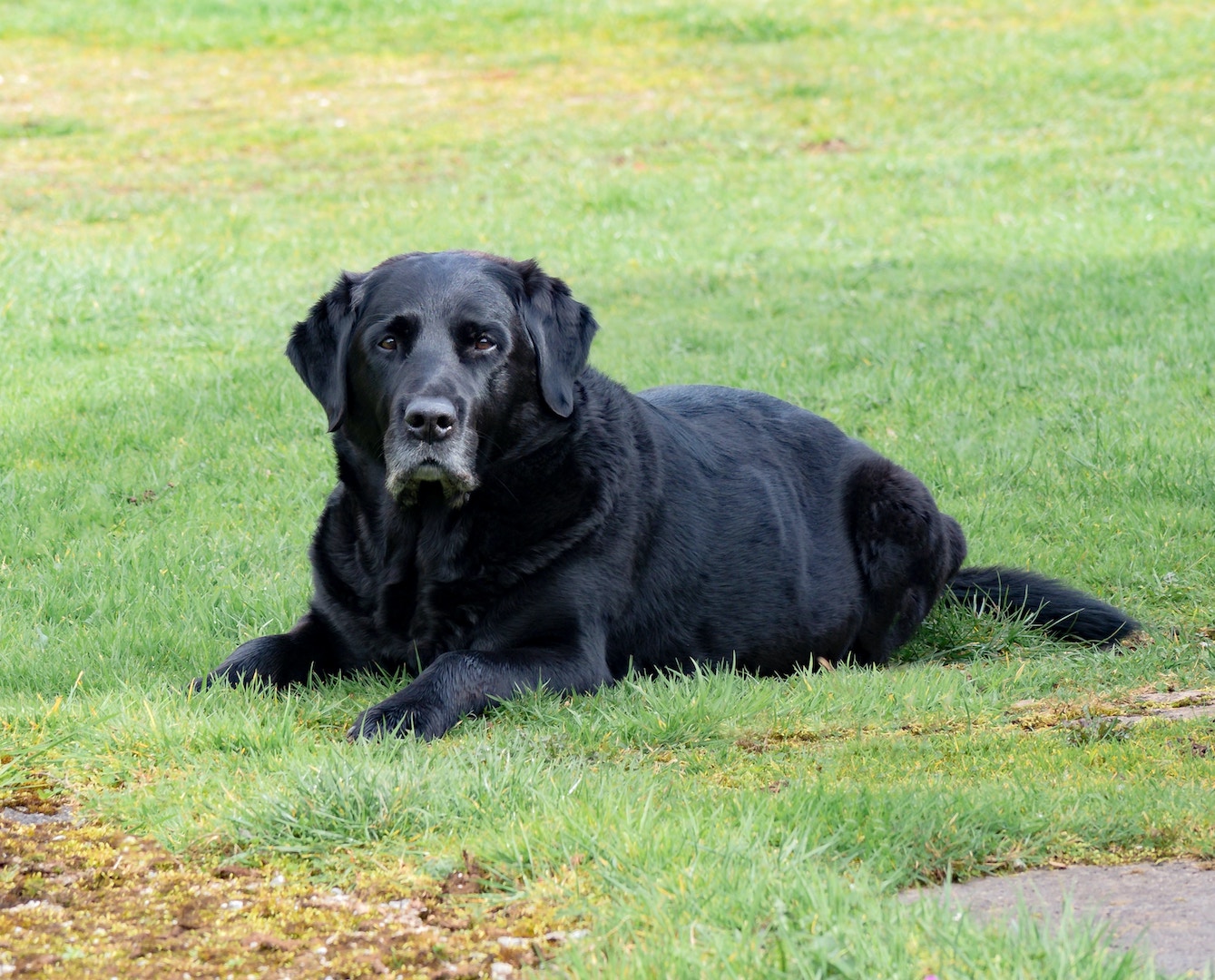Does going to work each day make you smile? If so, it may be because of the positive culture at your workplace. Kris Boesch, CEO of Choose People, knows that when people feel good coming to work, they show up at home as better parents, spouses and citizens. What’s more, she has the research to prove it! We caught up with Kris to learn her thoughts on “Ideas Unbridled,” as well as some other fun facts about her background.
What does “Ideas Unbridled” mean to you?
Bold unfettered sharing of inklings, considerations, hunches and notions – not paragon perfection, rather about releasing insights into the world to play and ricochet.
Prior to founding Choose People, you were the CEO of a moving and storage company. What got you interested in starting Choose People?
It was at the moving company that I learned the power and importance of culture. When I came into the company, it was incredibly toxic – people literally yelling obscenities at each other and we couldn’t cover payroll. Looong story short, to get things turned around, I focused on culture – having my crew guys feel good about coming to work. Because my hypothesis was, if they felt good about coming to work, they would take good care of our customers, who would take care of the financial health of the company. And it worked. We had 40% less turnover than the industry average and a bottom line twice that same average. And I thought, why aren’t more organizations focusing on culture? That started my research in 2008 that led to Choose People.
A big story we’ve been reading about lately is Zappo’s move to holocracy – a culture shift that caused more than 200 employees to resign. What are some of the pitfalls of changing what was already considered to be a great workplace culture? Is Zappo’s going about it the right way?
Good question, and hard to know. I commend Tony Hsieh for being a disrupter, for being an innovator and for being willing to give Holacracy a go. Holacracy has good intentions and I think it’s still half-baked. And until people like Tony are willing to go through the bumps and bruises, it won’t be refined. In its current state, I wouldn’t recommend it to my clients. At the same token, I’m a huge believer in supporting self-management and autonomy. Especially if it’s tempered with increasing kind, candid and constructive communication where everyone in the organization is a stand for the success of one another. Support and guidance happens as a team, rather than top down “accountability.” The last thing I would add here is there isn’t one culture structure that’s the “best.” Just like there isn’t a “best” flavor of ice cream. It truly depends on the desired personality of the organization.
It’s clear that you’re committed to impacting those around you. How do you measure your impact?
A few different ways. One, I look for the number of “ahas” I create in a day – those insights that ever so slightly shift the filter and entirely change the perspective. Changing the perspective leads to real impact – change in beliefs, words, behaviors and actions. That’s when the rubber meets the road. And it’s not hard to measure – you can see when the stars align and there’s that visceral, and sometimes visual, moment when someone “gets it.” That’s actually how I measure my own learning – through the quality, quantity and application of insights I gain through conversations, reading, watching TED talks… Two, I benchmark cultural transformation and improvement through our Culture Audit (based on over 1,000 hours of research with CSU Industrial Organizational Psychology department). So there’s a tangible, objective way to measure the “fluffy” stuff of culture. We measure both employee happiness as well as the impact of our work.
What’s one thing that people might not know about you?
The blond Gringa can read, write and speak Spanish fluently, oh and looooves to dance to reggae and electronica!
Now, THAT’s some culture! Don’t miss Kris’s talk at TEDxMileHigh 2015: IdeasUnbridled on June 13. Tickets are going fast, so register today!


















